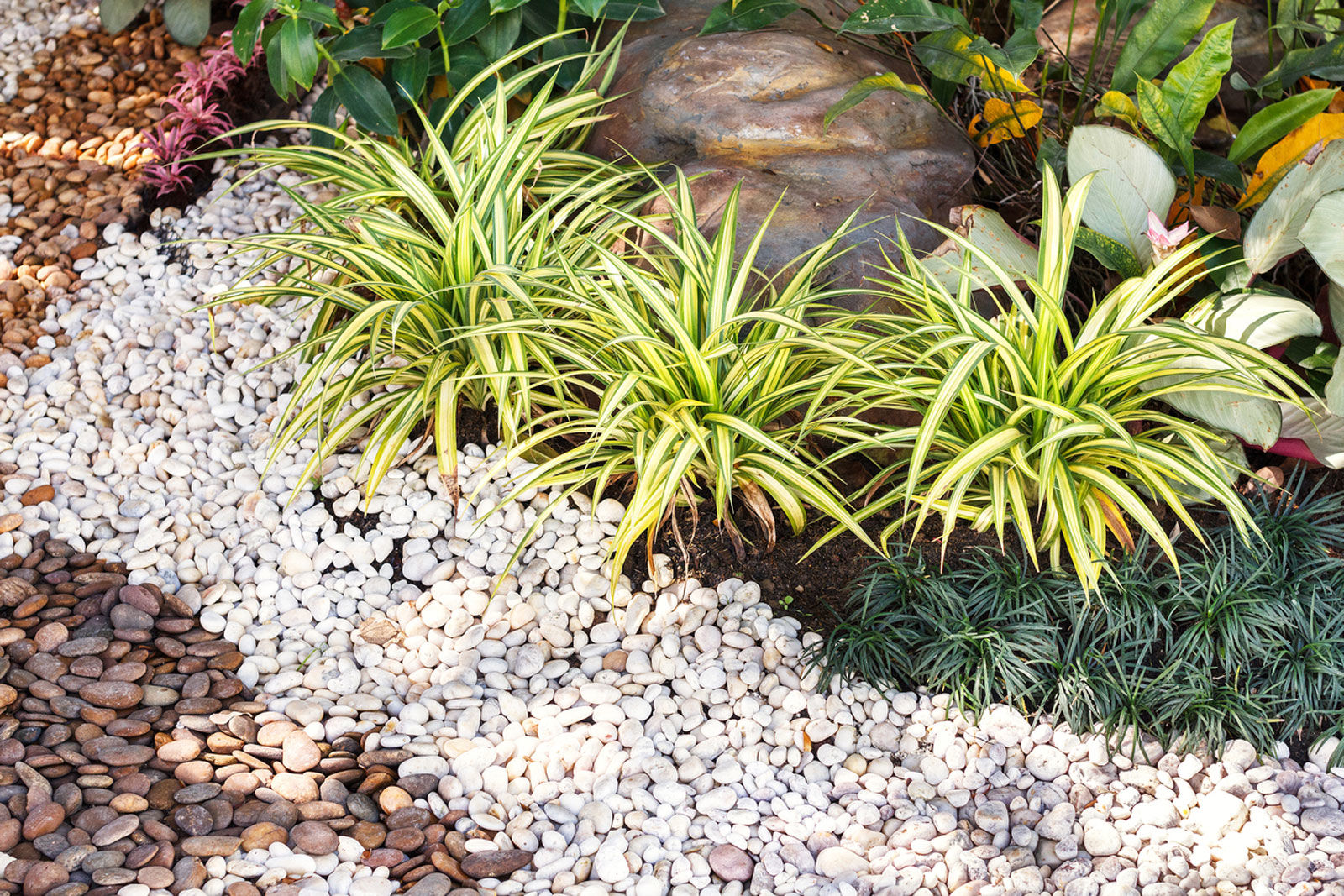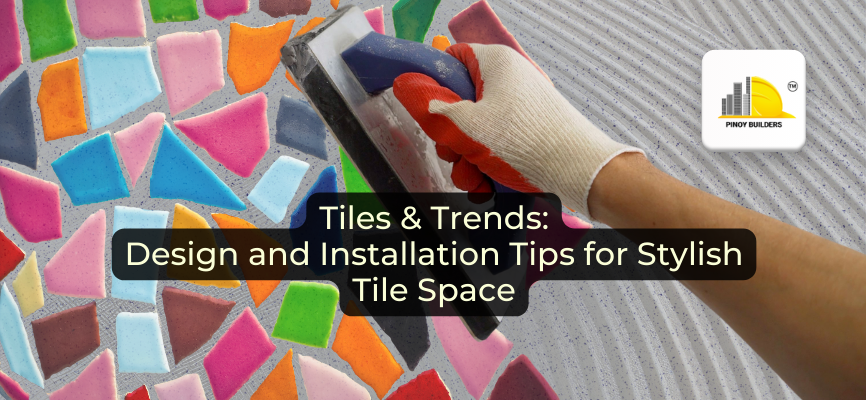Having your own garden at home can be both therapeutic and beneficial. Especially due to the pandemic, a lot of people have turned into plant enthusiasts or so-called “Plantitas” and “Plantitos”.
Image from Pinterest
While owning your garden can be fun, maintaining it can be a challenge especially during the rainy season. Rains and monsoons can make your garden muddy, make the soil too wet, and planted seeds are most likely to rot.
A muddy garden happens when there is poor drainage for water to escape. It’s a good thing gravel can help prevent mud and also has different benefits in helping you maintain your garden!
RELATED: Build a DIY Stone Paver Patio in Just One Day with these 6 Easy Steps
Using gravel for your garden gives the following benefits:
1. Gravel prevents soil erosion.
While soil erosion is expected in gardens with sloped landscapes, it can also happen in leveled gardens. This is due to soil wearing away naturally when dug regularly and if plants are often overwatered. Gravel can help prevent soil erosion by acting as a barrier that stops the soil from washing away. Naturally-porous gravel can help layer and hold the soil in place.
2. Gravel prevents weeds.
Weeds can be a problem for those people who tend to their gardens because they compete with plants for sunlight, nutrients, and space in your garden. Gravel prevents weed growth by suppressing it when they are laid over a semi-permeable landscape with 5 cm excavation.
3. Gravel is easy to maintain and is affordable.
On affordability, gravel is easy on the budget and easy to maintain as well!
4. Gravel can serve as decoration.
Gravel comes in different colors and sizes and can bring aesthetics to your garden. You can combine different types of gravel in different colors and sizes that can complement your plants and serve as a natural border in your garden.
RELATED: 5 Tips for Landscape Garden Design
With all the benefits mentioned above, how exactly should you install the gravel in your garden?
Here are different ways to use gravel for your home garden!
1. Plant Box Cover
Image from Pinterest
Gravel can be used as a permanent mulch and is good for the soil surface of plants, especially those in plant boxes. 2-4 inches of gravel can be installed around existing plants and can help in retaining moisture in the plants and maintain the soil’s temperature, as well as suppressing weed growths. It keeps your plant box tidy by preventing your soil from getting washed away due to rains or overwatering.
2. Garden Bedding
Image from Pinterest
Gravel in garden bedding offers numerous benefits, including supporting plant growth and development. It is great in maintaining soil temperature, preventing soil erosion, and retaining the soil longer than mulches – all while being affordable and easy to maintain. Gravel should be installed around existing plants rather than on top of seeds and sprouts as it might suppress their growth. You can use a pale or spade to shift the gravel into the bed with 2 to 4 inches of depth and use a rake to spread it out evenly. This will also prevent your soil from washing away and can prevent your garden from being muddy.
RELATED: How to Become a Certified Landscape Designer
3. Garden Pathways and Patio
Image from Pinterest
Gravel can be used for garden pathways and patios to prevent your garden from getting all muddy. It lasts longer than a mulch pathway and is ideal to be used for your pathways and patios. To make a gravel pathway, install 3-inch-deep crushed stone gravel acting as its solid foundation. After laying the crushed stones, add a thin layer of pea gravel to fill in the low spots: this will prevent the pooling of water or forming of mud.
So when thinking of landscape garden design, be sure to consider using gravel to prevent a muddy garden and other of its benefits we’ve mentioned!
Whether your garden is having muddy problems or not, it is still very important to maintain it in the best way possible for your greenery to grow.
CITATIONS:
Roundy, D. (2019, September), How to Place Rocks on a Slope to Stop Erosion, https://graniteseed.com/blog/how-to-place-rocks-on-a-slope-to-stop-erosion/
Tigard Sand and Gravel, (2019), Using Gravel for Drainage and Erosion Control, https://www.tigardsandandgravel.com/using-gravel-for-drainage-and-erosion-control/
Taylor, A. (2021), Putting Pea Gravel in a Flower Bed https://homeguides.sfgate.com/putting-pea-gravel-flower-bed-92282.html
Flaherty, E. (2021, April) Affordable Garden Path Ideas, https://www.familyhandyman.com/list/affordable-garden-path-ideas/
The Backyard Master, (2020), How to Cover Up Mud in a Backyard https://thebackyardmaster.com/cover-up-mud-in-backyard/
![]()









